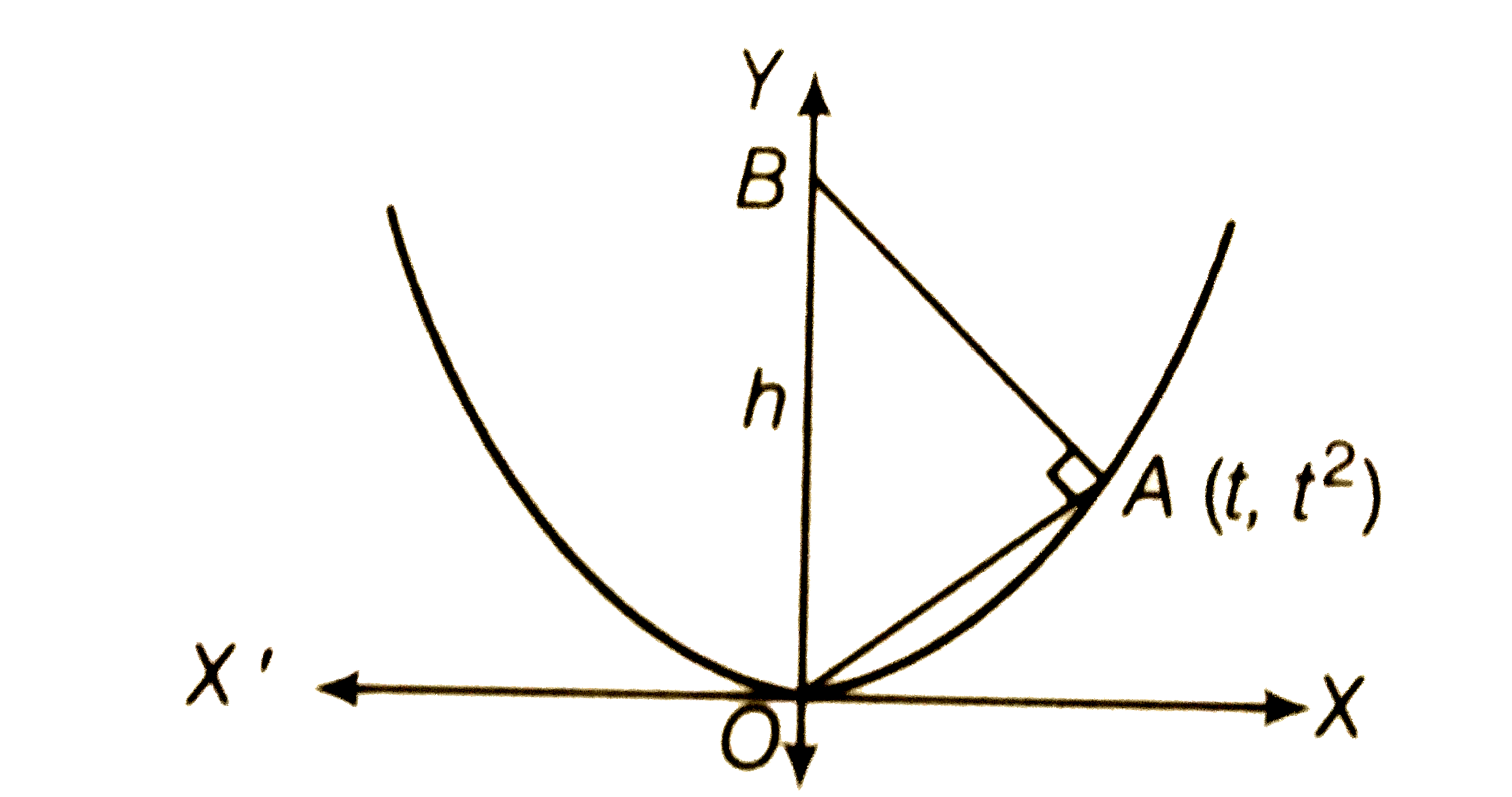If the function is given by Then, is Solution in Punjabi
even and is strictly increasing in
odd and is strictly decreasing in
odd is strictly increasing in
neither even nor odd but is strictly increasing in
The correct Answer is:C
Step by step video & image solution for If the function g:(-oo,oo)->(-pi/2,pi/2) is given by g(u)=2tan^-1(e^u)-pi/2. Then, g is by Maths experts to help you in doubts & scoring excellent marks in Class 12 exams.
Updated on:21/07/2023Topper's Solved these Questions
- MONOTONICITY MAXIMA AND MINIMABOOK - ARIHANT MATHSCHAPTER - MONOTONICITY MAXIMA AND MINIMAEXERCISE - MAXIMA AND MINIMA EXERCISE 6
2 Videos
- MATRICES BOOK - ARIHANT MATHSCHAPTER - MATRICES EXERCISE - Exercise (Questions Asked In Previous 13 Years Exam)
49 Videos
- PAIR OF STRAIGHT LINES BOOK - ARIHANT MATHSCHAPTER - PAIR OF STRAIGHT LINES EXERCISE - Exercise (Questions Asked In Previous 13 Years Exam)
2 Videos
Similar Questions
The figure shows a right triangle with its hypotenuse OB along the y-axis and its vertex A on the parabola y=x2.

Let h represents the length of the hypotenuse which depends on the x-coordinate of the point A. The value of limt→o(h) is equal to
View SolutionLet A=⎡⎢⎣1000110−24⎤⎥⎦,I=⎡⎢⎣100010001⎤⎥⎦andA−1=[16(A2+cA+dI)] Then value of candd are (a) (−6,−11) (b) (6,11) (c) (−6,11) (d) (6,−11)
View SolutionIf the pair of lines ax2+2(a+b)xy+by2=0 lie along diameters of a circle and divide the circle into four sectors such that the area of one of the sectors is thrice the area of another sector then
View SolutionIf the function g:(-oo,oo)rarr(-(pi)/(2),(pi)/(2)) is given by g(u)=2tan^(-1)(e^(u))-(pi)/(2). Then g is
View SolutionIf g(x)=2tan^-1(e^x)-pi/2 is Even /odd
View SolutionA function g(x) satisfies the following conditions
(i) Domain of g is (−∞,∞) (ii) Range is g is [−1,7]
(iii) g has a period π and (iv) g(2)=3
Then which of the following may be possible.
View SolutionLet the function g:(−∞,∞)→(−π/2,π/2) be given by g(u) =2tan−1(eu)−π2 Then g is
View Solutionमान लीजिये फलन y:(−∞,∞)→(−π2,π2) इस प्रकार है कि g(u)=2tan−1eu−π2 , तब g है
View SolutionIf function f(x) = (1+2x) has the domain (−π2,π2) and co-domain (−∞,∞) then function is
View Solutionमाना फलन g:(−∞,∞)−(−π2,π2),g(u)=2tan−1(eu)−π2 द्वारा परिभाषित, है, तब g है
View SolutionLet the function g:(−∞,∞)→(−π2,π2) be given by g(u)=2tan−1(eu)−π2. Then g is :
View SolutionLet g(x)=f(x)sinx,wheref(x) is a twice differentiable function on (−∞,∞) such that f'(−π)=1. The value of g''(−π) equals __________
View SolutionLet g(x)=f(x)sinx,wheref(x) is a twice differentiable function on (−∞,∞) such that f(−π)=1. The value of ∣∣g′'(−π)∣∣ equals __________
View SolutionLet g(x)=f(x)sinx,wheref(x) is a twice differentiable function on (−∞,∞) such that f'(−π)=1. The value of ∣∣g−π∣∣ equals __________
View SolutionIf g(x)=∫0xcos4tdt , then g(x+π) equals: (1) g(x)g(π) (2) g(x)+g(π) (3) g(x)−g(π) (4) g(x).g(π)
View SolutionConsidered function g:(-oo,oo)to(-(pi)/(2),(pi)/(2)),g(u)=2tan^(-1)(e^(u))-(pi)/(2) is given by. Then g
View Solution
